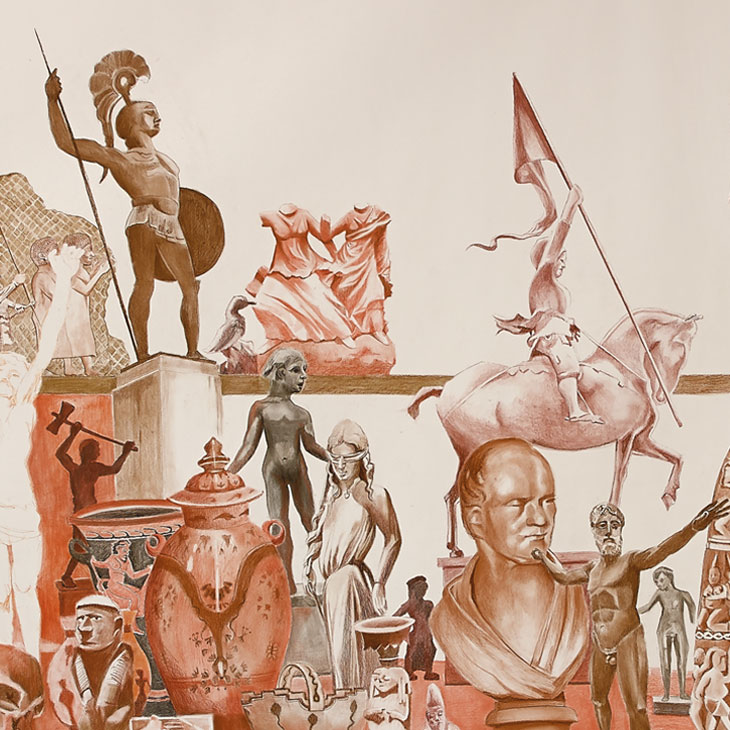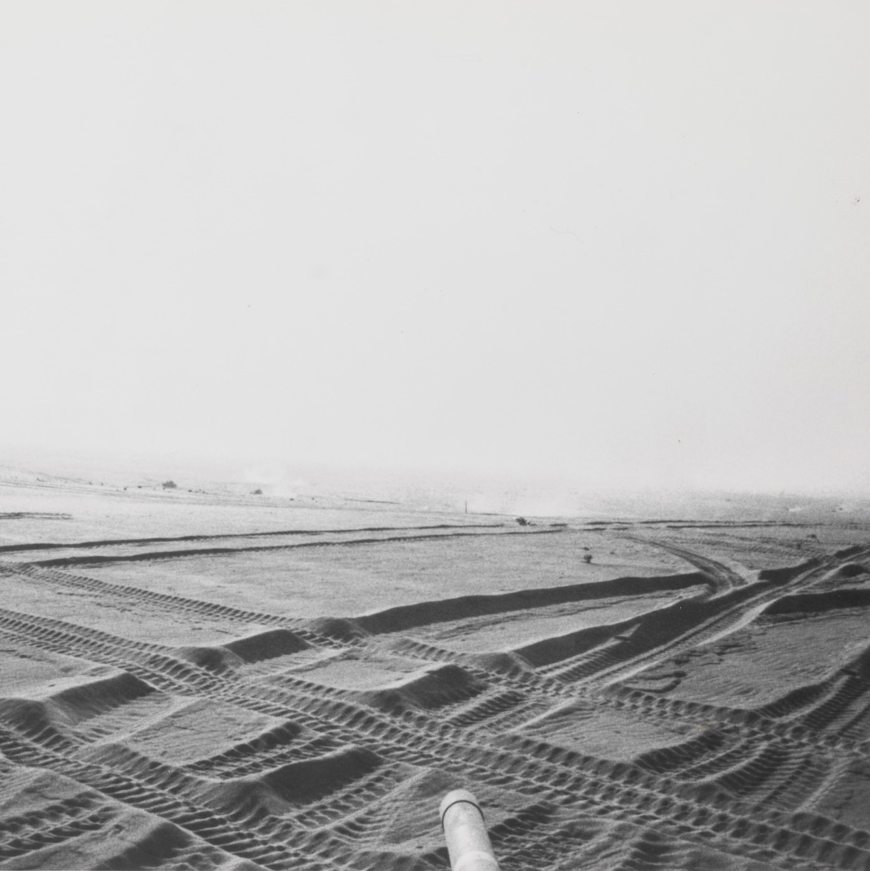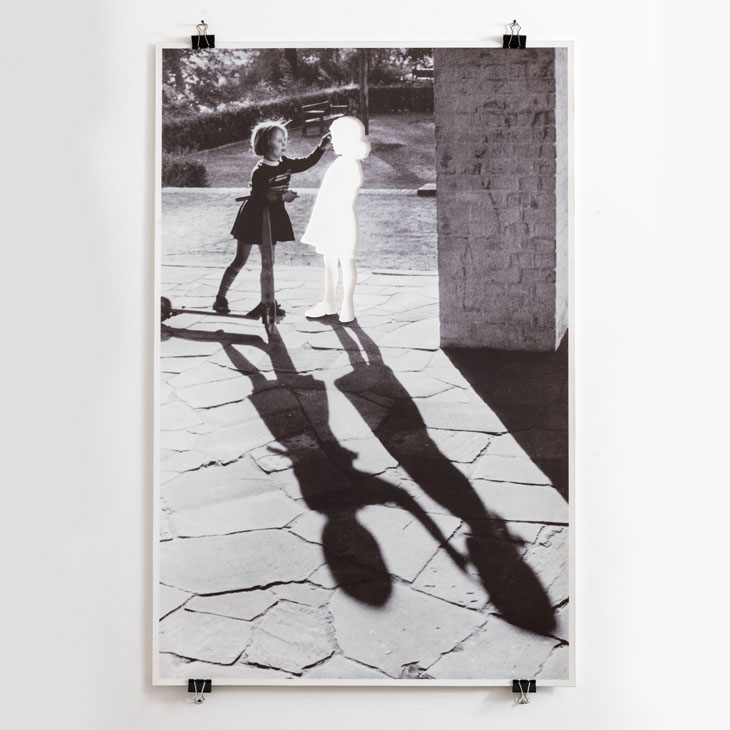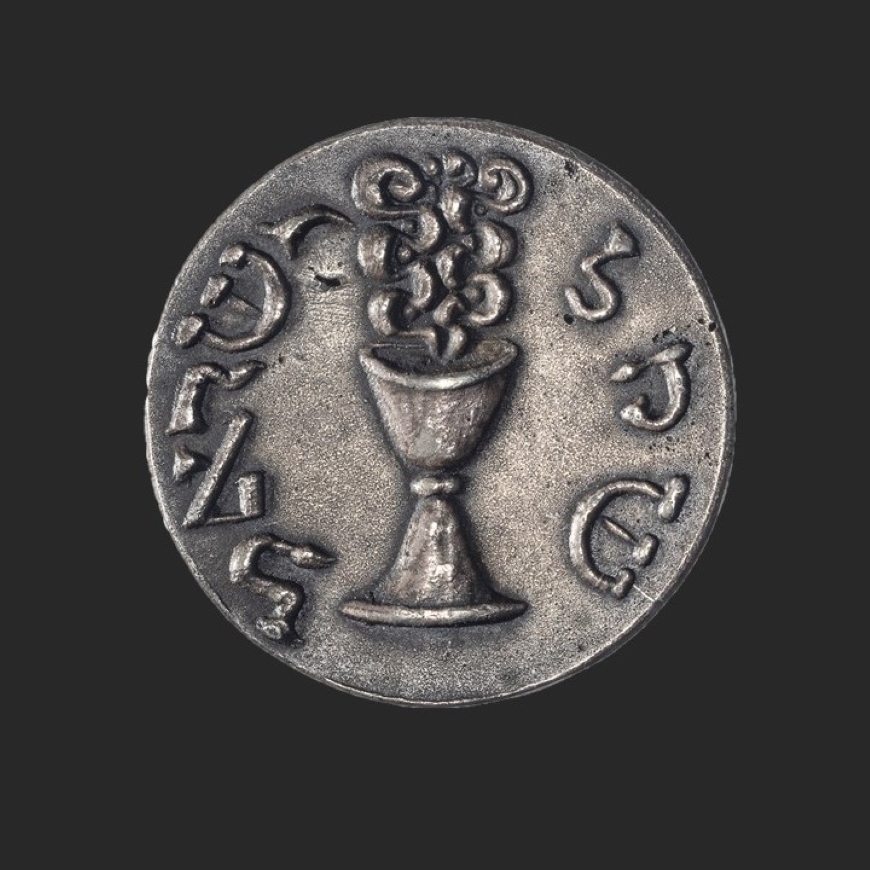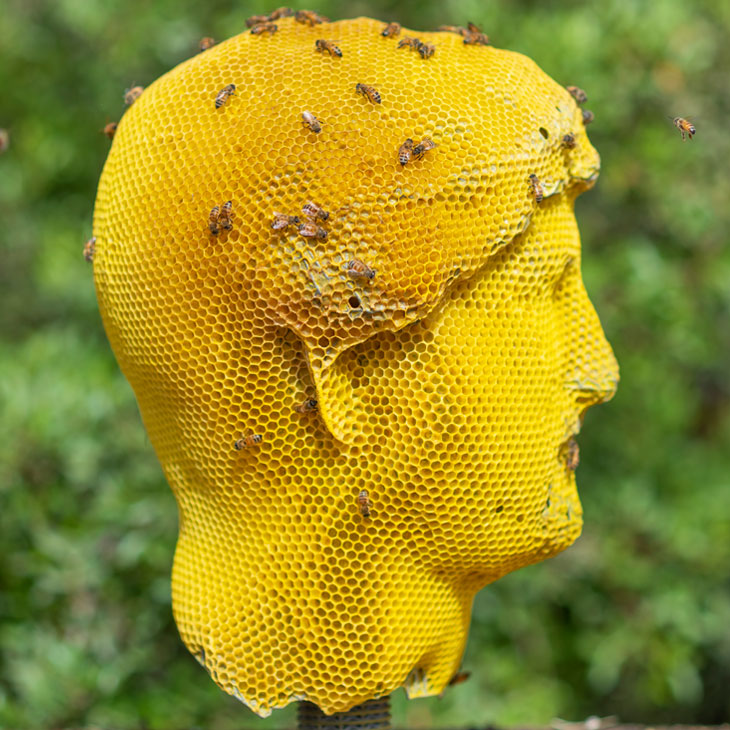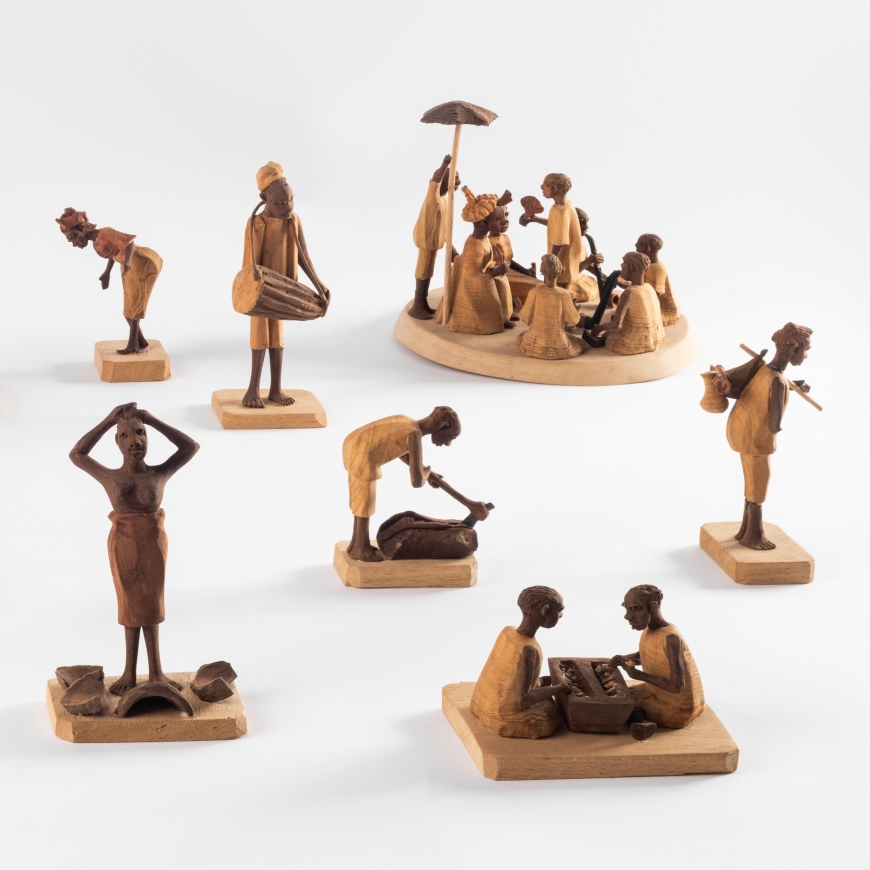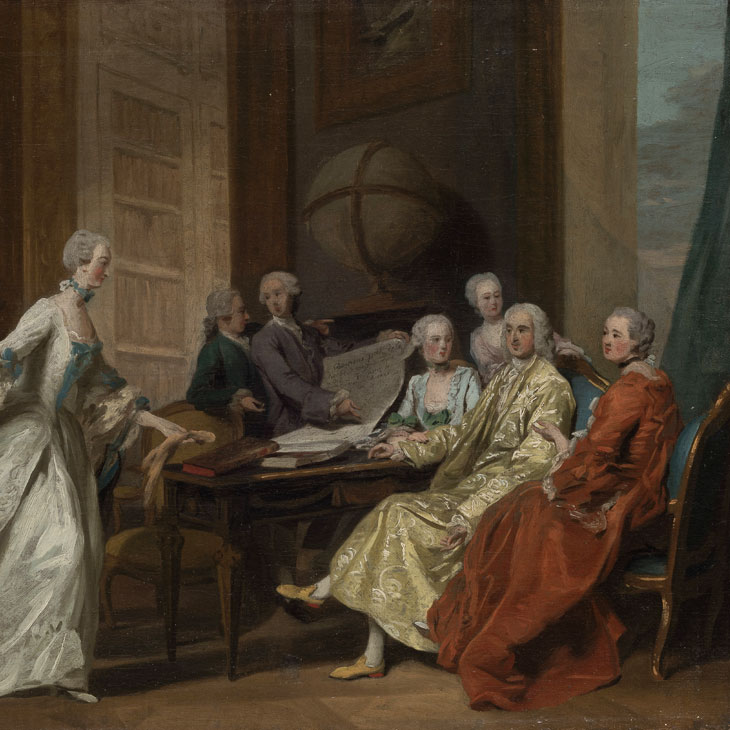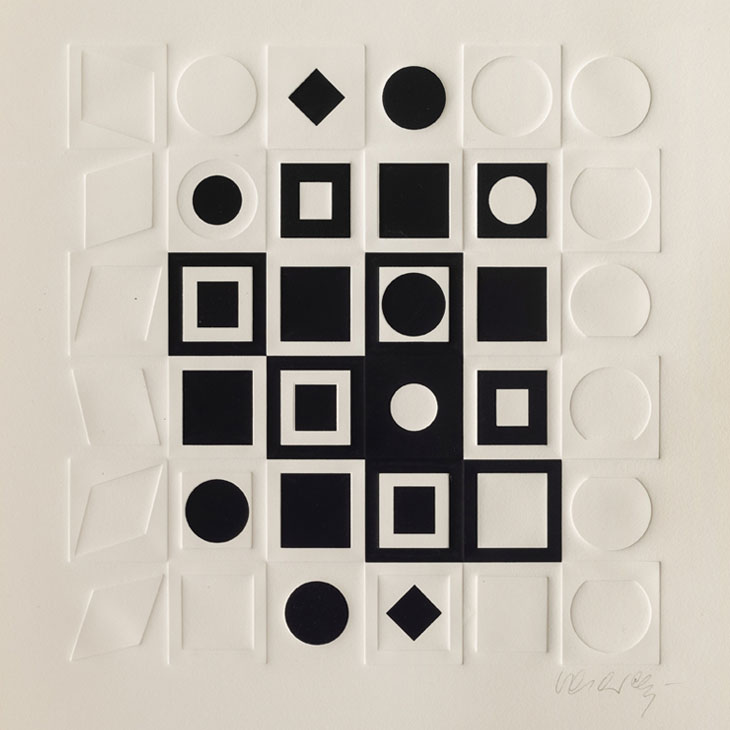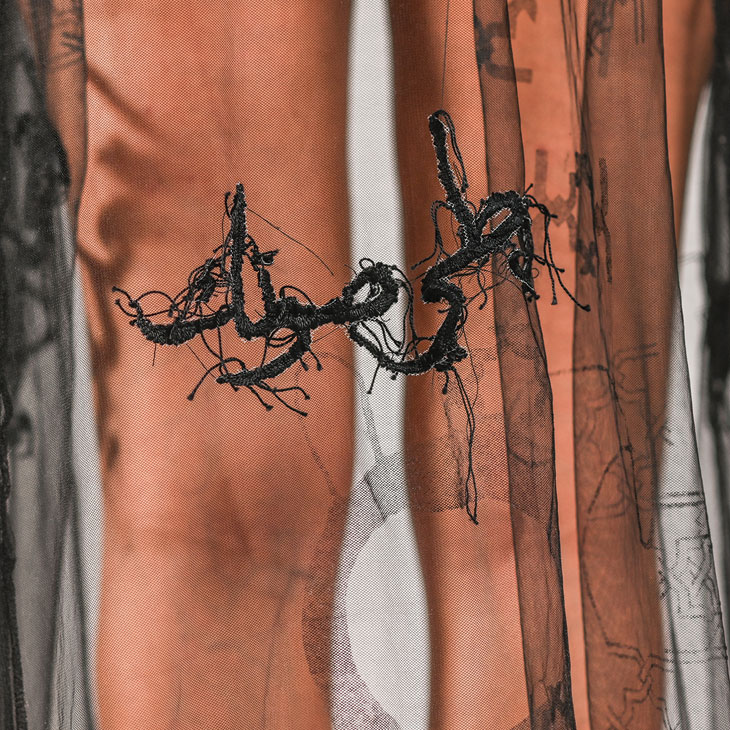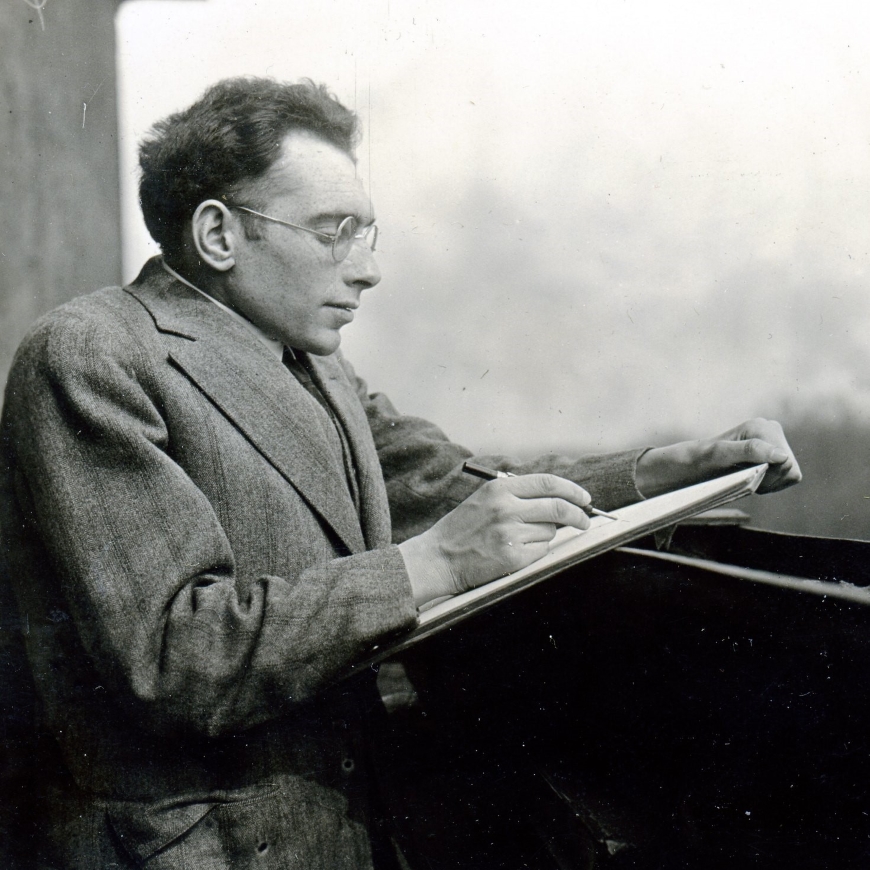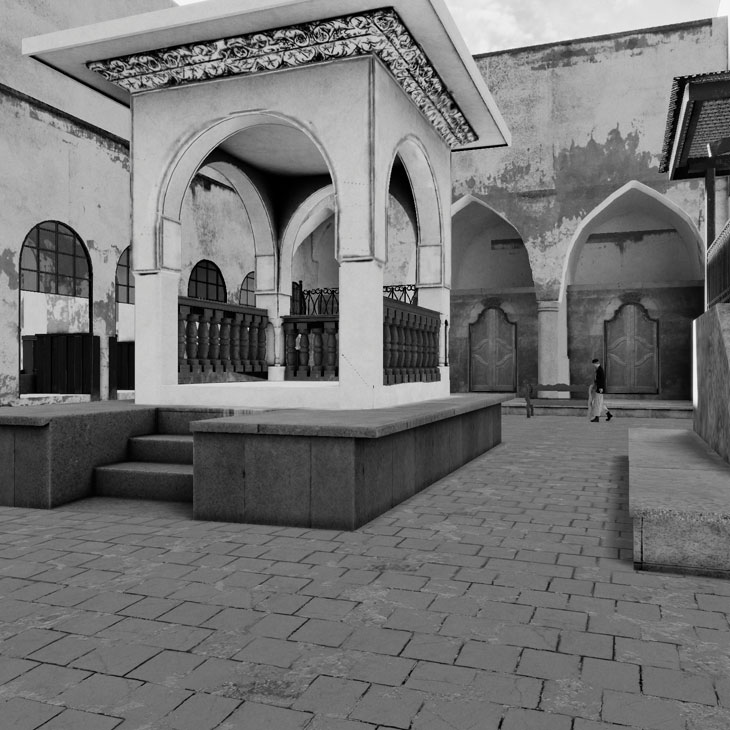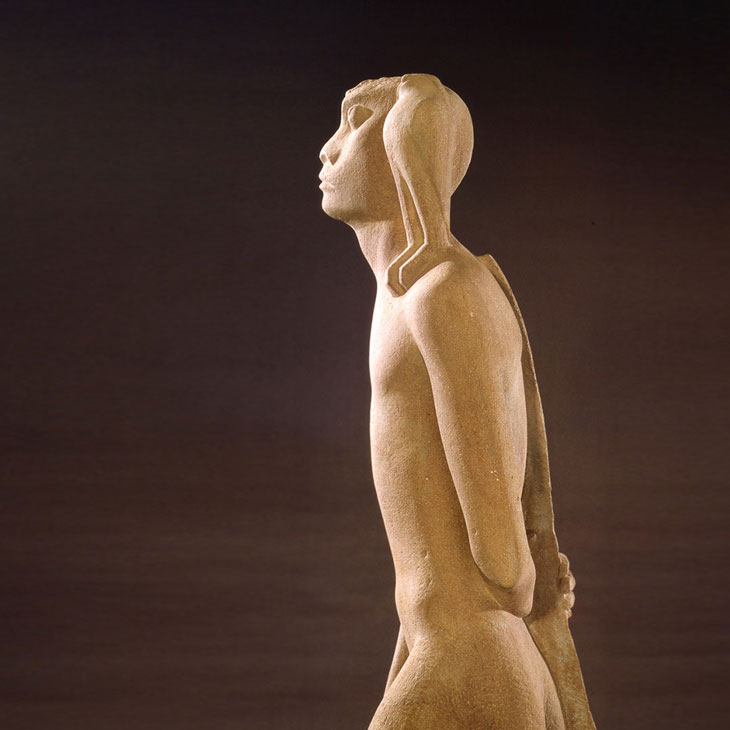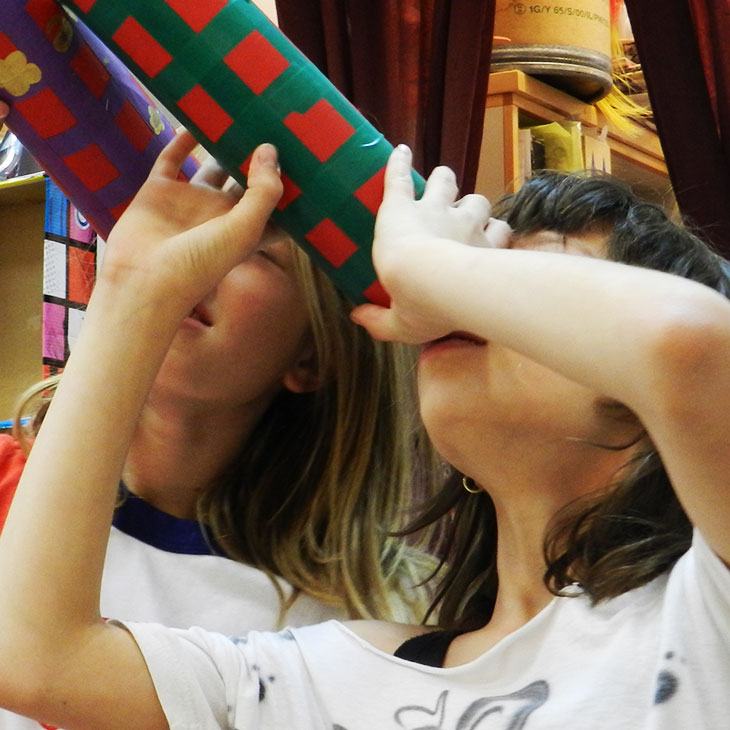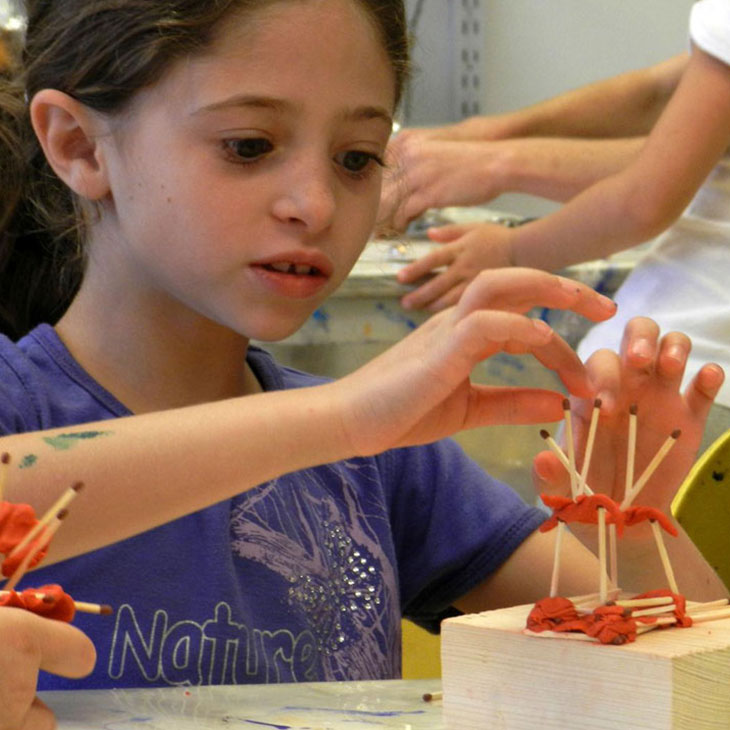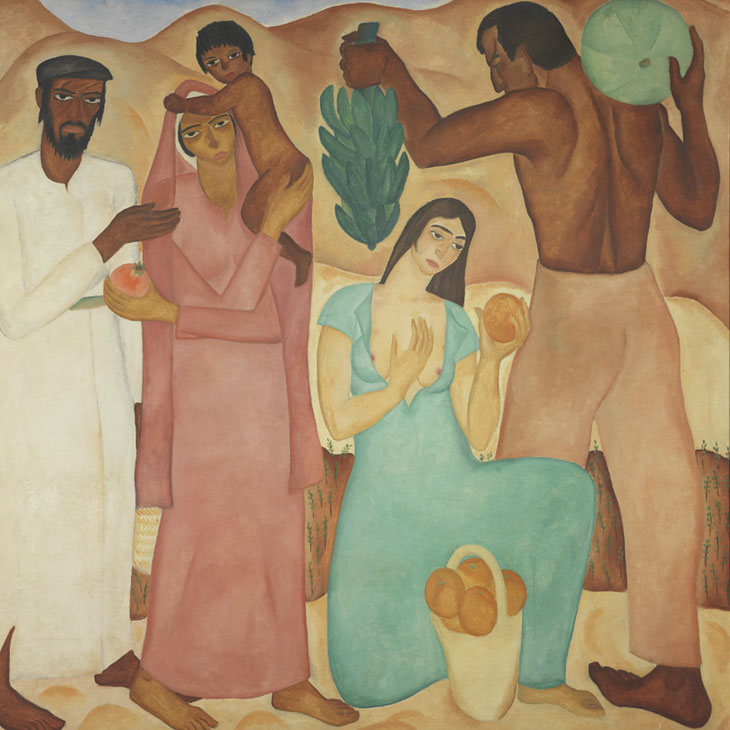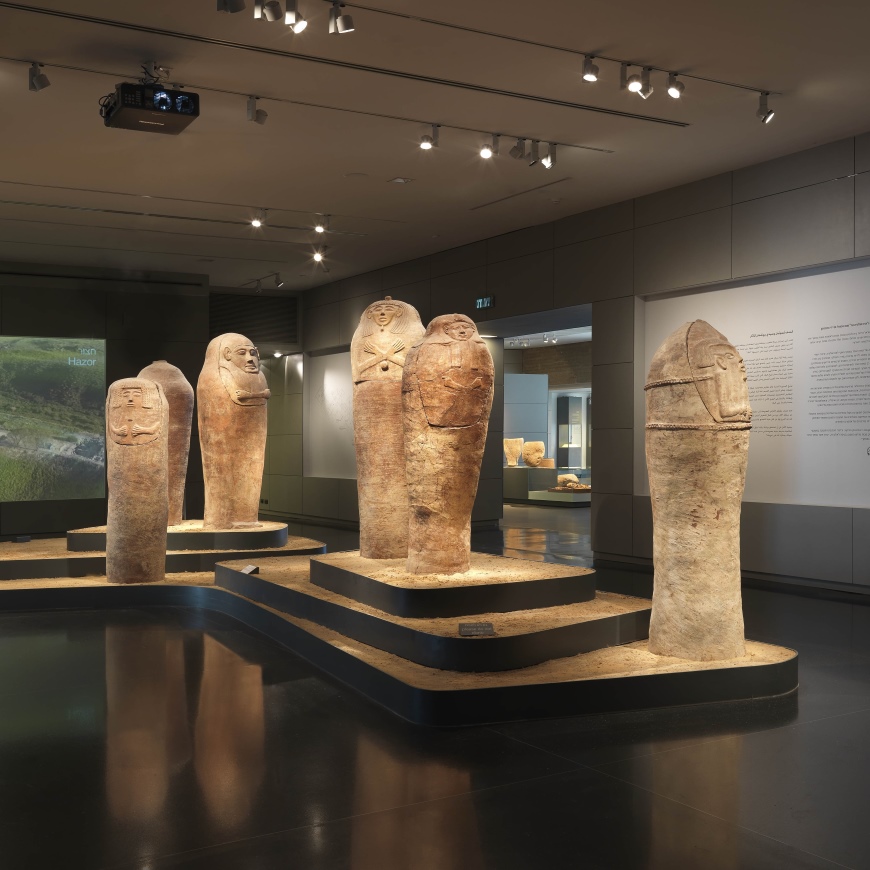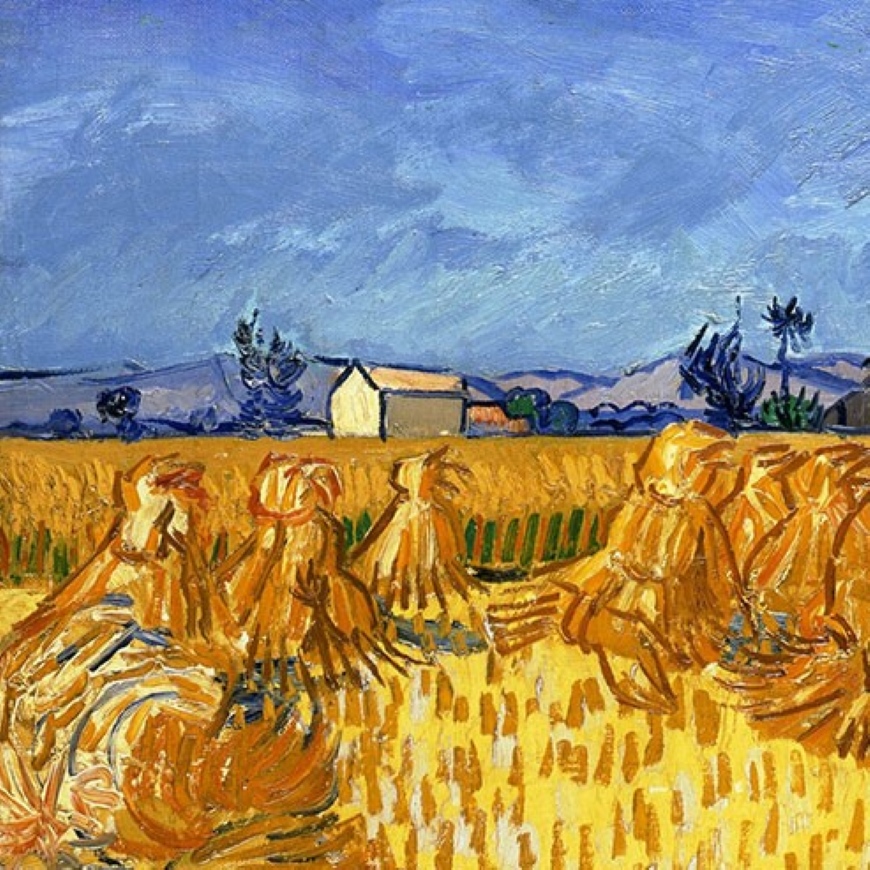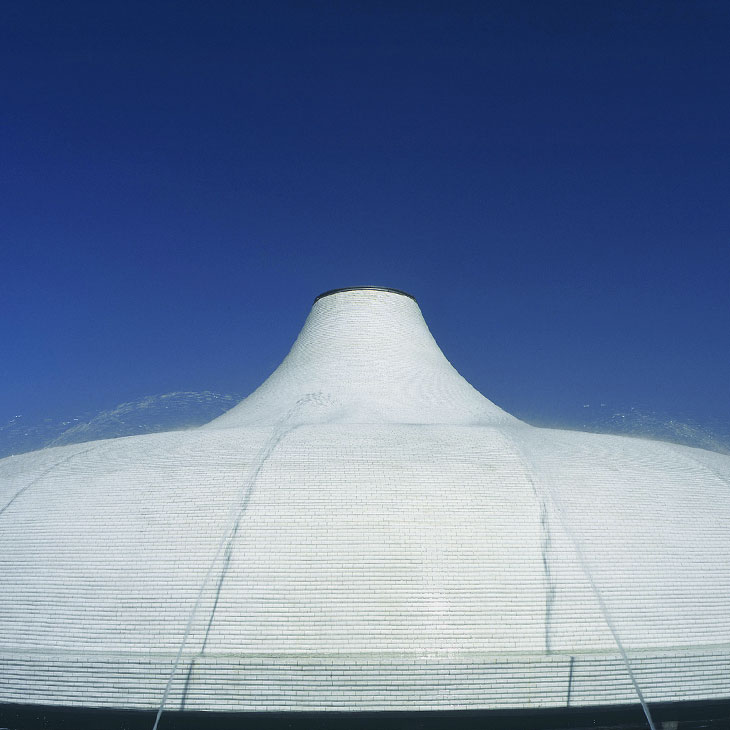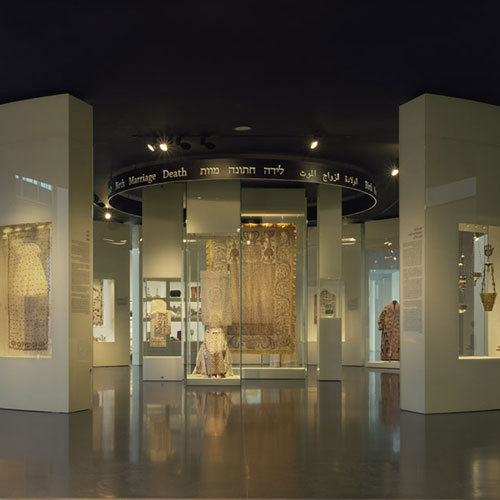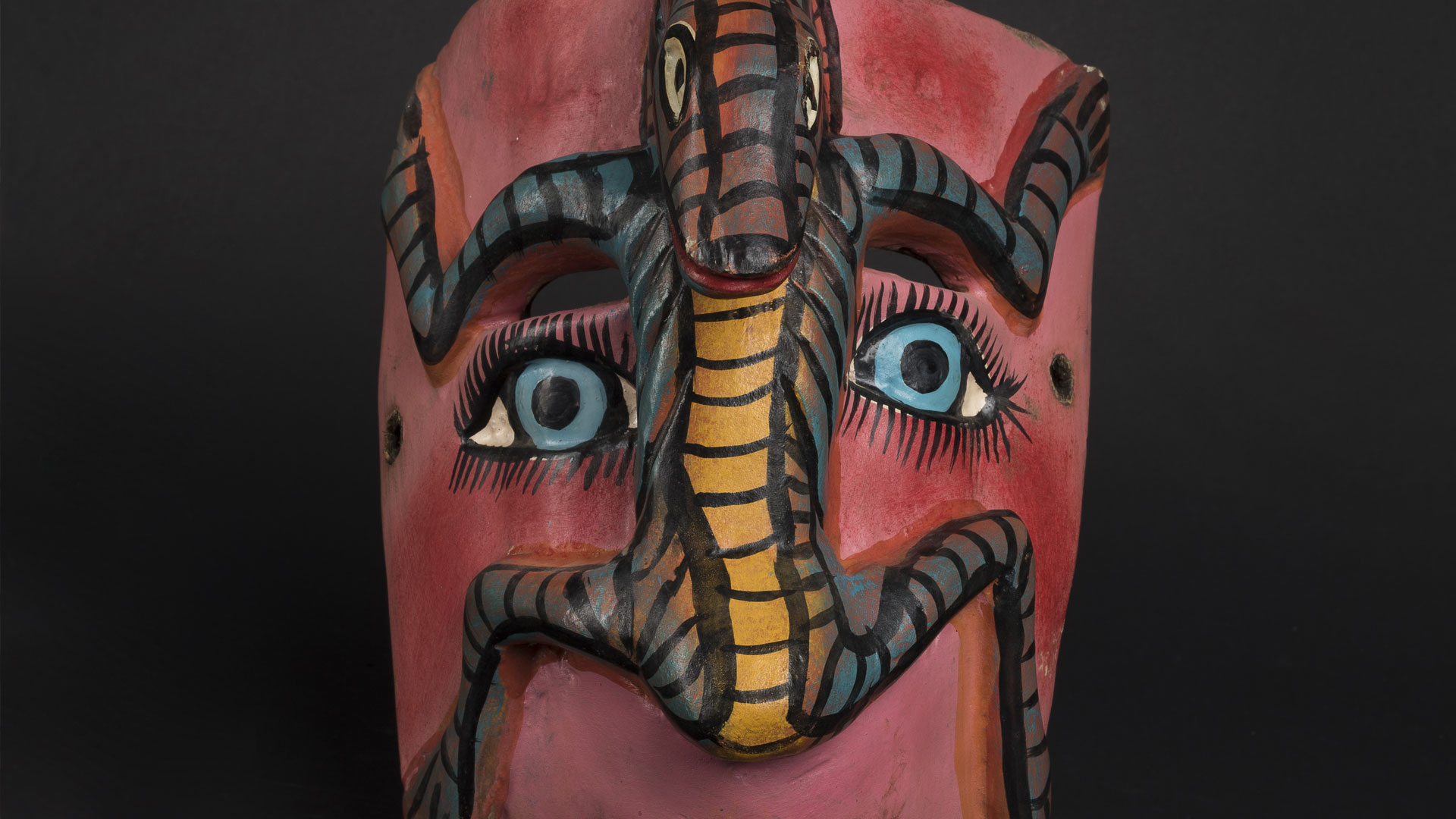
Masks: Bringing Myths to Life
Special Display
-
September 11 2019 - January 29 2022
Senior Curator: Yvonne Fleitman
Designer: Rivka Myers
-
Gallery for the Arts of Africa, Oceania, and the Americas
Masks
For some 3,200 years, masks have played a central role in the various cultures of the Americas. Even after the European conquests and the imposition of Christianity, they continued to be used. To this day, the people of Mexico create wooden masks that hint at pre-Christian myths but are worn in church contexts: special dances, processions, and mass events such as the Virgin of Guadalupe pilgrimage.
The ancient masks of the Precolumbian period were made of diverse materials, came in different sizes, and served many purposes in daily life. Sometimes they adorned the chest in reduced form; sometimes they were worn as helmets to protect warriors. Shamans wore masks for their rituals, and noblemen had masks that signified their status. Statues of deities were topped with very heavy masks, and the Maya decorated their pyramids with enormous masks representing the gods.
Whether worn on the face or not, masks were seen as protective objects. They served to invoke divine help and accompanied aristocrats to the underworld after death. When elite Aztec warriors set out to do battle, they covered their faces with jaguar and eagle masks in order to obtain the special power of these animals.
ln the colonial era, missionaries used masks to relate biblical stories as well as to teach Christian ritual. A process of syncretism began: beliefs, symbols, and customs from the old and new religions melded together. Similarly, the masks evolved - the figure of Satan was introduced, and European features like pale skin and beards appeared. Often, these elements would in fact express resentment of colonial Christian coercion. The masks displayed here reflect ancient rituals, recent folk practice, and 500 years of cultural fusion.
- Apr 24Apr 25Apr 26
- Apr 19Apr 20Apr 27May 03May 04May 07May 10May 11May 17May 18May 21May 24May 25May 28May 31
- Apr 01Apr 08Apr 15Apr 29
- Apr 02Apr 02Apr 02Apr 09Apr 09Apr 09Apr 16Apr 16Apr 16Apr 30Apr 30Apr 30
- Apr 02Apr 09Apr 16Apr 30
- Apr 16Apr 18Apr 30May 02May 09May 16May 23May 30
- Apr 18May 02May 06May 09May 16May 20May 23May 27May 30
- Apr 18May 02May 09May 16May 23May 30
- Apr 18May 02May 09May 16May 23May 30
- Apr 18May 02May 09May 16May 23May 30
- May 02May 06May 09May 16May 20May 23May 27May 30
- May 06May 20May 27


